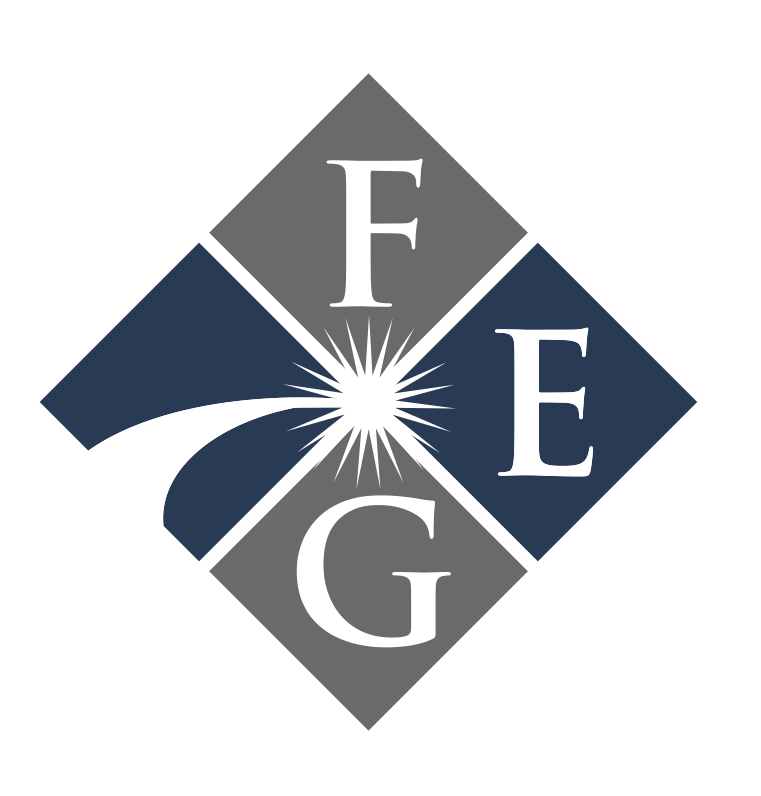A “fee” is a known expense that occurs at a time a purchase is made. When you bought your home, they told you what it would cost. Now you knew that you would have to care for the yard, replace water heaters and the like but you also knew that number was one that would change year by year. Since it was not perfectly quantifiable it was left out of the discussion. However, it certainly doesn’t mean that it didn’t matter.
When we started the Financial Enhancement Group in 1997, it cost roughly $300 to make a stock trade. Today it is free for the first 90 days and $6.95 thereafter at TD Ameritrade. A dramatic drop in cost! But, if prices fell that far how can all the mutual fund companies and others still be in business today unless they are getting paid in a manner you may not fully understand? Sneaky fees are the answer. Fees you don’t get a receipt for and yet you pay nonetheless.
Fees and expenses both matter. The fee is the charge for the manager of a mutual fund but the expenses are the sum of the cost of advertising, reporting and trading costs passed on to the end buyer. We will forgo the first two and stick to trading cost for this article.
When you buy or sell a stock there is a difference between the two points of buying or selling known as the spread. There is a bid price that they will buy it at and an ask price they will sell for. The spread between the two is often extremely small; a matter of pennies in most cases. Based on NYSE data, the U.S. market trades approximately 2 to 4 billion shares each day. Suddenly we are dealing with a lot of money when you add up the spread for each of those trades! And most people contributing their dollars into 401k plans have no idea of the fees and costs.
The strategy here for each of us is to not necessarily find ways that Wall Street doesn’t get paid but rather ways for us to get the most opportunity with the potentially the least amount of volatility. Figure out what you are trying to invest in and then figure out how to invest in that asset in the best possible way. Ask yourself “How do I invest in this with the least amount of risk or volatility? How do I do this for the least amount of fees and expenses? How do I do this with a minimal tax impact? Am I getting a return greater than the inflation rate?” Those four questions are what I ask myself every day. We call that the Fiduciary Focus and each one is equally important when planning for a successful financial future.
Disclaimer: Do not construe anything written in this post or this blog in its entirety as a recommendation, research, or an offer to buy or sell any securities. Everything in this post is meant for educational and entertainment purposes only. I or my affiliates may hold positions in securities mentioned in the blog. Please see our Disclosure page for the full disclaimer.



